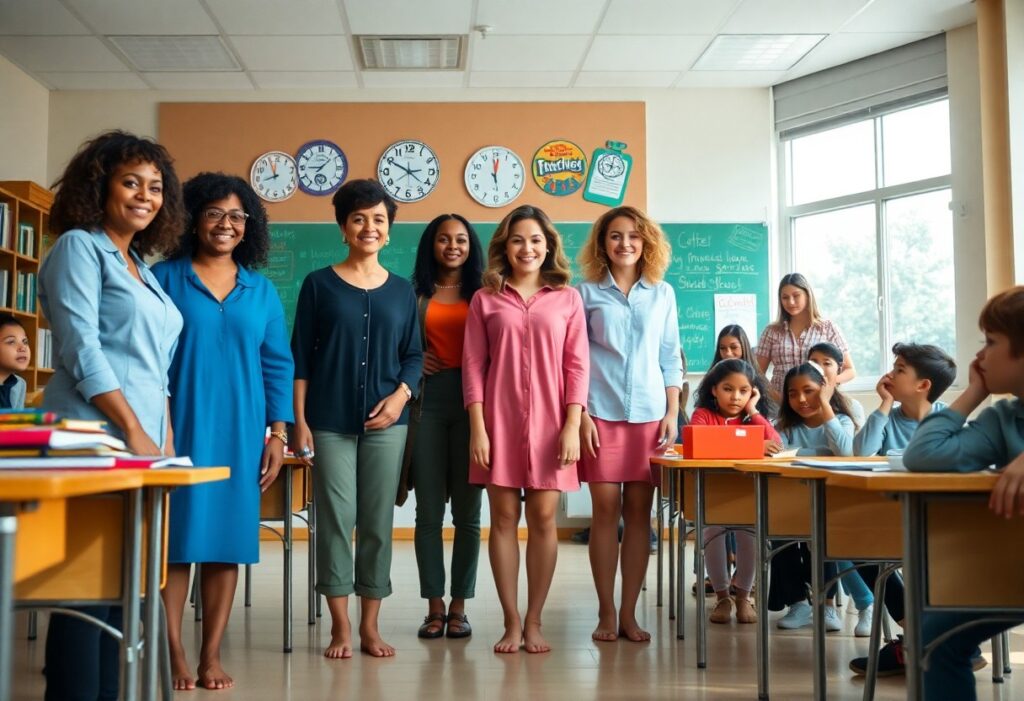
As a dedicated educator, you often find yourself on your feet for hours, leading to fatigued and sore feet that can significantly impact your teaching performance and overall job satisfaction. While you may understand the need for comfortable footwear, the shoes you currently wear might be contributing to your discomfort rather than alleviating it. Transitioning to barefoot shoes can offer remarkable benefits, such as enhanced mobility, balance, and agility. Over time, these innovative shoes can help strengthen your feet, allowing them to naturally function as their own support system, thereby significantly enhancing your comfort and overall well-being.
Understanding the Unique Physical Strain Teachers Endure on Their Feet
The daily tasks of a teacher frequently require extensive periods of standing, walking, and interacting with students, which can place an immense amount of strain on your feet, leading to persistent foot pain and exhaustion. Since a large portion of your day involves being on your feet, it’s vital to carefully assess how your daily activities can impact your foot health. By choosing the right footwear, you can vastly reduce the physical stress associated with the demanding nature of your profession, allowing you to concentrate more effectively on delivering quality education.
Analyzing the Daily Activities of Teachers and Their Impact on Foot Wellness
Throughout your long hours spent standing, walking, and moving around the classroom, your feet might become overworked and stressed, leading to discomfort and pain that distract you from your educational duties. As an educator, you are acutely aware of the necessity of staying mobile all day, but the long-term consequences of wearing inadequately supportive shoes can be detrimental to your health. Gaining a clear understanding of these effects is crucial for making well-informed choices about your footwear, ultimately fostering sustainable foot health and enhancing your teaching experience.
Highlighting the Critical Importance of Comfortable Footwear for Teachers
For educators, selecting the appropriate footwear is essential to prevent various foot-related issues while ensuring comfort throughout the extensive school day. You need shoes that accommodate your active lifestyle while providing the essential support and cushioning for your feet. By prioritizing comfort in your footwear choices, you can greatly enhance your ability to engage with students and manage classroom activities effectively, leading to a more rewarding teaching experience.
So, what characteristics define a truly comfortable shoe for teachers? Comfort extends beyond simple cushioning and support; it includes the ability for your feet to move naturally and breathe. When evaluating your options, look for shoes that are breathable, lightweight, and flexible, featuring a wider toe box that allows your toes to spread comfortably. By investing in the right footwear, you can significantly reduce the risk of foot pain and injury, ensuring that you remain comfortable and focused during the school day.
Identifying the Essential Characteristics of Optimal Footwear for Educators
As a committed professional in the field of education, the footwear you choose is vital to your comfort and effectiveness during classroom activities. It's critical to select shoes that deliver the necessary support and comfort throughout your entire teaching day, enabling you to dedicate your full attention to student engagement and lesson planning without the distraction of discomfort.
Key Features That Ensure Lasting Comfort for Teachers' Feet
Considering the demanding nature of teaching, it becomes clear that shoes with features like breathability, lightweight construction, and flexibility are crucial for achieving enduring comfort. Your footwear should keep your feet dry and cool, even after long stretches of standing and moving around, helping you maintain energy and focus throughout your busy day.
Recognizing the Significance of Breathable, Lightweight, and Flexible Shoes
As an educator, your dedication to providing an exceptional experience for your students begins with prioritizing your own comfort. You require shoes that allow for unrestricted movement and support natural foot mechanics, and breathable, lightweight, and flexible shoes can effectively fulfill these needs.
To achieve the best results, select footwear that is not only breathable but also lightweight and flexible. This combination will enable you to navigate your classroom and corridors effortlessly, without feeling restricted or weighed down. Additionally, adequate ventilation is vital, as it helps keep your feet dry and cool, significantly reducing the chances of developing blisters and other foot-related problems. By opting for footwear with these essential characteristics, you can ensure that your feet remain comfortable and supported throughout your hectic teaching day, allowing you to focus on what truly matters—providing outstanding education to your students. With breathable, lightweight, and flexible shoes, you can bid farewell to fatigued, sore feet and welcome a more enjoyable and productive teaching experience.
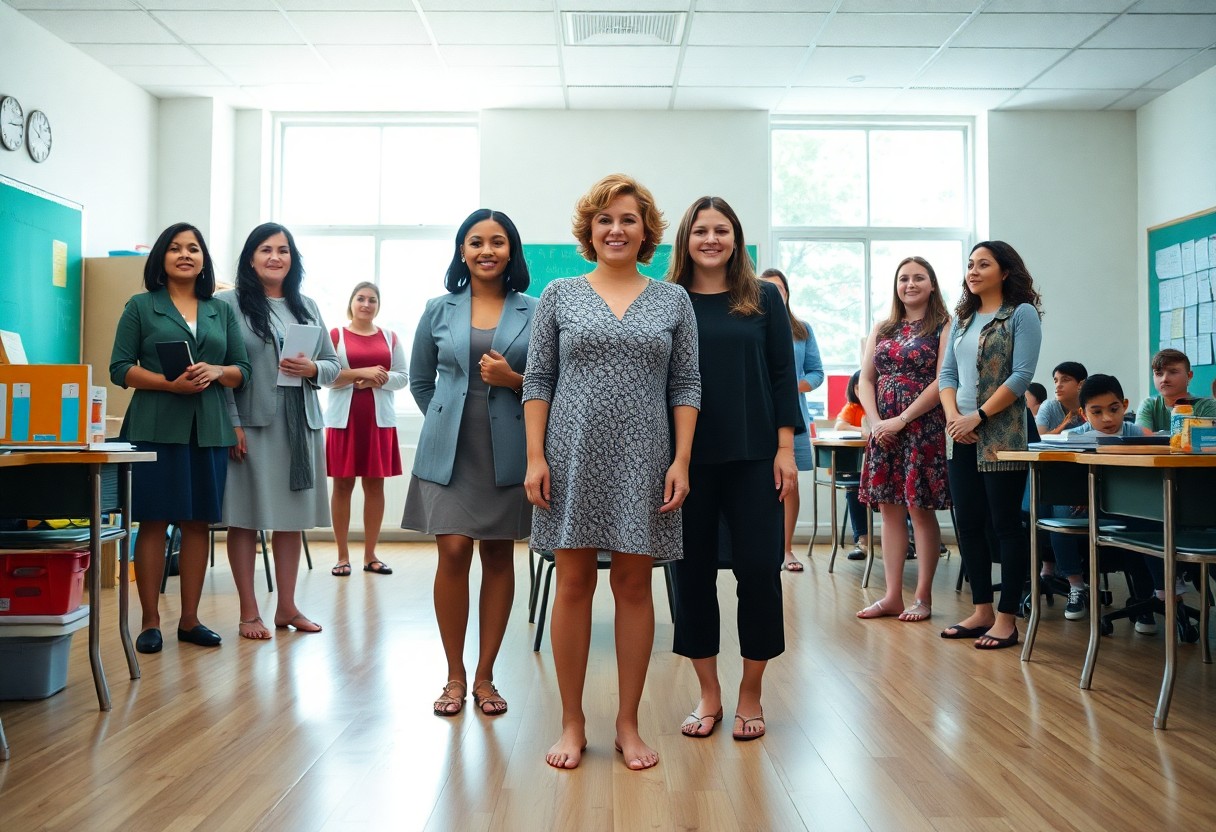
Understanding the Key Differences Between Traditional Footwear and Barefoot Shoes
If you’re contemplating a switch to barefoot shoes, it’s essential to comprehend how they stack up against conventional footwear. The following table outlines the primary distinctions between these two types of shoes:
| Conventional Shoes | Barefoot Shoes |
|---|---|
| Narrow toe box | Wider, foot-shaped toe box |
| Raised heel | Non-elevated heel |
| Thick soles and excessive padding | Thin soles and minimal padding |
Identifying the Drawbacks of Traditional Footwear and Their Impact on Foot Health
It is widely acknowledged that conventional shoes can cause a range of foot issues due to their constricting narrow toe boxes and elevated heels, which often leads to discomfort and balance issues. Wearing such footwear can result in fatigue and pain not just in your feet but also in your ankles, knees, and back, ultimately hindering your teaching effectiveness.
Unveiling the Advantages of Barefoot Shoes for Educators
Transitioning to barefoot shoes can lead to improvements in mobility and balance, as well as a reduction in foot fatigue. These shoes are specifically designed to promote natural foot movement, which contributes to strengthening your feet and improving your overall posture.
While traditional footwear can be detrimental to your foot health, barefoot shoes present beneficial alternatives. By adopting barefoot shoes, you can enjoy natural and comfortable movement, significantly enhancing your overall well-being. As a teacher, you will appreciate the comfort and support that barefoot shoes provide, enabling you to focus on delivering high-quality education without the burden of foot pain.
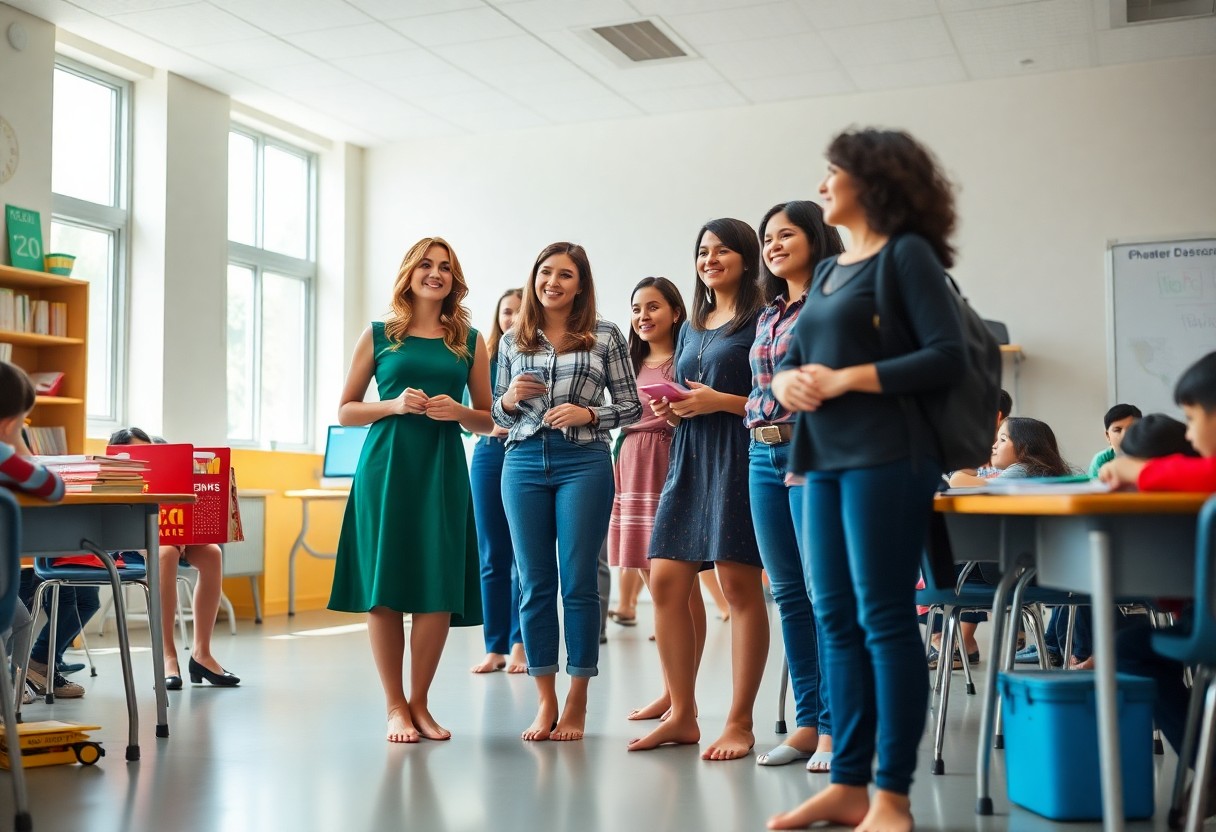
Discovering the Significant Benefits of Barefoot Shoes for Teachers
In contrast to traditional footwear, barefoot shoes provide numerous advantages for educators. These benefits encompass enhanced mobility, improved balance, increased agility, and the gradual strengthening of your feet, all of which contribute to better overall foot health and reduced discomfort over time.
Enhancing Mobility, Balance, and Agility in the Classroom
Within the classroom environment, barefoot shoes facilitate a full range of motion, enabling you to move more fluidly and comfortably. This natural movement not only enriches your teaching experience but also minimizes the likelihood of accidents and injuries during your active workday.
Promoting Foot Strengthening Over Time
To achieve stronger feet, it's essential to allow them to engage in natural movements, and barefoot shoes support this by not offering excessive external arch support. Relying too heavily on traditional support can lead to weaker feet over time.
Strengthening your feet can yield numerous advantages, such as improved posture, a lower risk of ankle, knee, hip, and back issues, and enhanced overall mobility. This ultimately eases your ability to carry out daily teaching tasks, including standing for extended periods, walking, and actively interacting with students.
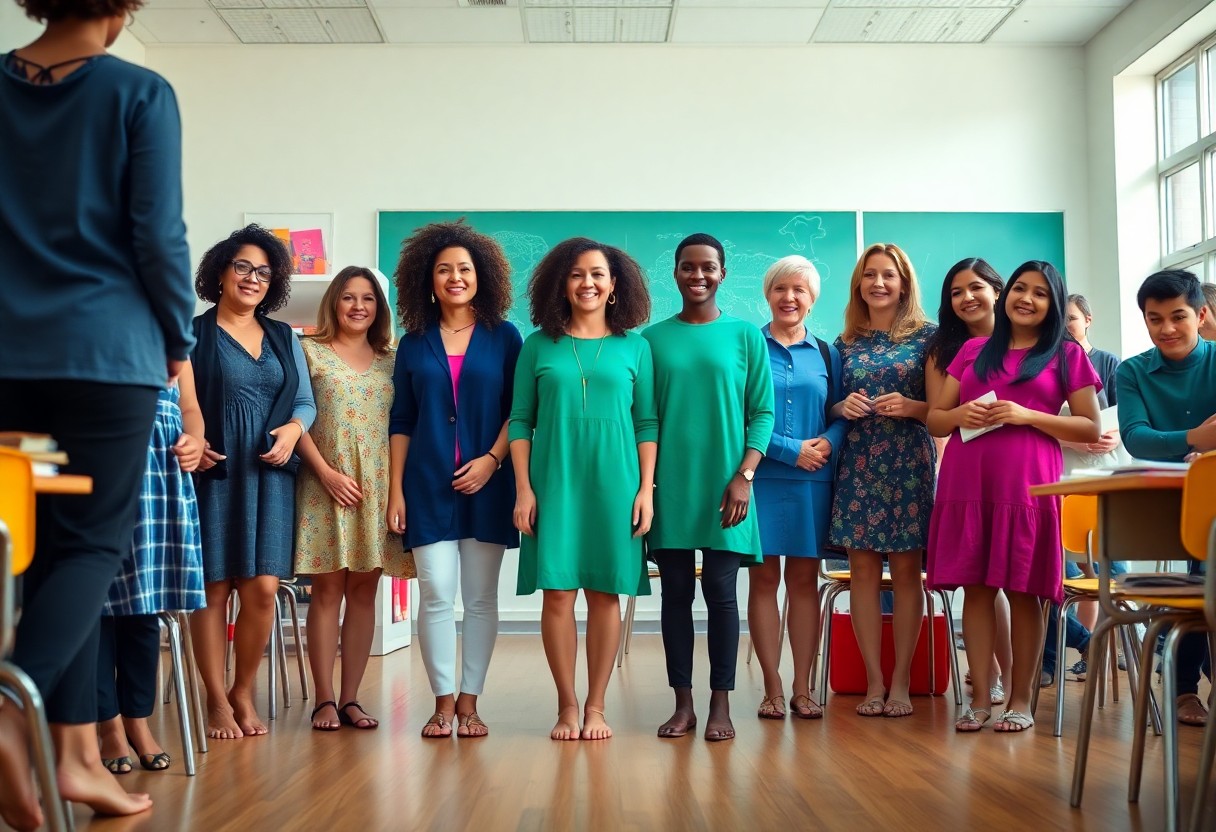
Sharing Personal Experiences and Insights on Barefoot Shoes
Your journey with barefoot shoes can profoundly impact your comfort and support levels, enabling you to move freely and maintain proper posture throughout your hectic workday.
Inspiring Testimonials from Educators Who Switched to Barefoot Shoes
Based on the enthusiastic feedback from fellow teachers, barefoot shoes have been shown to enhance balance, mobility, and agility, making them a preferred choice among educators.
The Comfort and Support Offered by Barefoot Shoes
If you have previously struggled with chronic foot pain and discomfort due to traditional footwear, transitioning to barefoot shoes can be a game changer.
Indeed, barefoot shoes feature a wider toe box and a non-elevated heel, both of which can significantly enhance your posture and alleviate strain on your ankles, knees, hips, and back. By encouraging natural movement and fortifying your feet, you can enjoy enduring comfort and support—critical components for teachers who spend their days on their feet.
Choosing the Perfect Barefoot Shoes to Suit Your Unique Requirements
For educators, selecting the right barefoot shoes is crucial to ensure comfort and support during long teaching hours. You need footwear that promotes efficient movement, is breathable, lightweight, and flexible, while also providing ample toe space for comfort.
Professional Dress Shoes That Meet Workplace Standards
When dressing in professional attire, it's essential that your shoes complement your polished style. Seek dress shoes such as Phoenix leather or Mika that not only comply with your school’s formal dress code but also deliver the comfort and benefits associated with barefoot footwear.
Casual Footwear Options for Everyday Comfort
In more relaxed settings, you can opt for casual shoes that prioritize comfort while still maintaining a professional look. Styles like Dillon, Glenn, and Kelso are excellent options that pair well with both jeans and slacks, providing a stylish yet laid-back appearance.
What sets these casual shoes apart is their outstanding arch support and trampoline-like soles, which create a sensation akin to walking on clouds. With barefoot shoes, you can eliminate foot pain and discomfort, embracing happy feet that keep you energized throughout the day. As an educator, you will value the breathability and lightweight design of these shoes, making them perfectly suited for long hours on your feet.
Summarizing the Key Benefits of Barefoot Shoes for Teachers
It is clear that barefoot shoes are an outstanding choice for educators, providing a wealth of advantages, including improved mobility, enhanced balance, and increased agility. Transitioning to barefoot footwear can lead to better foot health and reduced discomfort, as they allow your feet to move naturally and develop strength over time. With a variety of minimalist dress and casual shoes available, you can easily find the perfect pair that aligns with your school’s dress code while ensuring your feet remain comfortable throughout the day.
Your Questions Addressed: Common Inquiries About Barefoot Shoes for Teachers
Q: What specific benefits do barefoot shoes provide for teachers?
A: Barefoot shoes offer a multitude of advantages for educators, including enhanced mobility, balance, and agility. They encourage natural movement, facilitate foot strengthening over time, and support better posture. Moreover, barefoot shoes are lightweight, breathable, and flexible, making them ideally suited for teachers who spend extensive hours on their feet.
Q: How do barefoot shoes differentiate from conventional footwear for educators?
A: Barefoot shoes vastly contrast with traditional footwear. They feature a wider, foot-shaped toe box, a non-elevated heel, and minimal external arch support. This unique design promotes natural movement, enhances posture, and strengthens the feet. In contrast, conventional shoes often have narrower fits, raised heels, and excessive padding, which can contribute to discomfort, poor posture, and weakened feet over time.
Q: What essential features should teachers prioritize when selecting barefoot shoes?
A: Teachers should focus on barefoot shoes that are breathable, lightweight, and flexible. Key features include a wide, foot-shaped toe box and a non-elevated heel. Additionally, educators should take into account comfort, durability, and style to ensure compliance with their school’s dress code. Popular choices include Phoenix leather, Mika, Dillon, Glenn, and Kelso styles that cater to both men and women while providing versatile styling options for various professional environments.
The Article Are Barefoot Shoes the Best Choice for Teachers? Discover the Benefits of Going Minimal appeared first on My Shoes Finder
The Article Barefoot Shoes: Why Teachers Should Consider Minimal Footwear Was Found On https://limitsofstrategy.com
The Article Barefoot Shoes: The Case for Minimal Footwear in Education First Appeared ON
: https://ad4sc.com

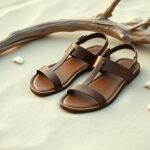
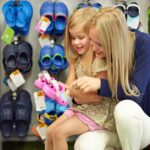





Comments are closed